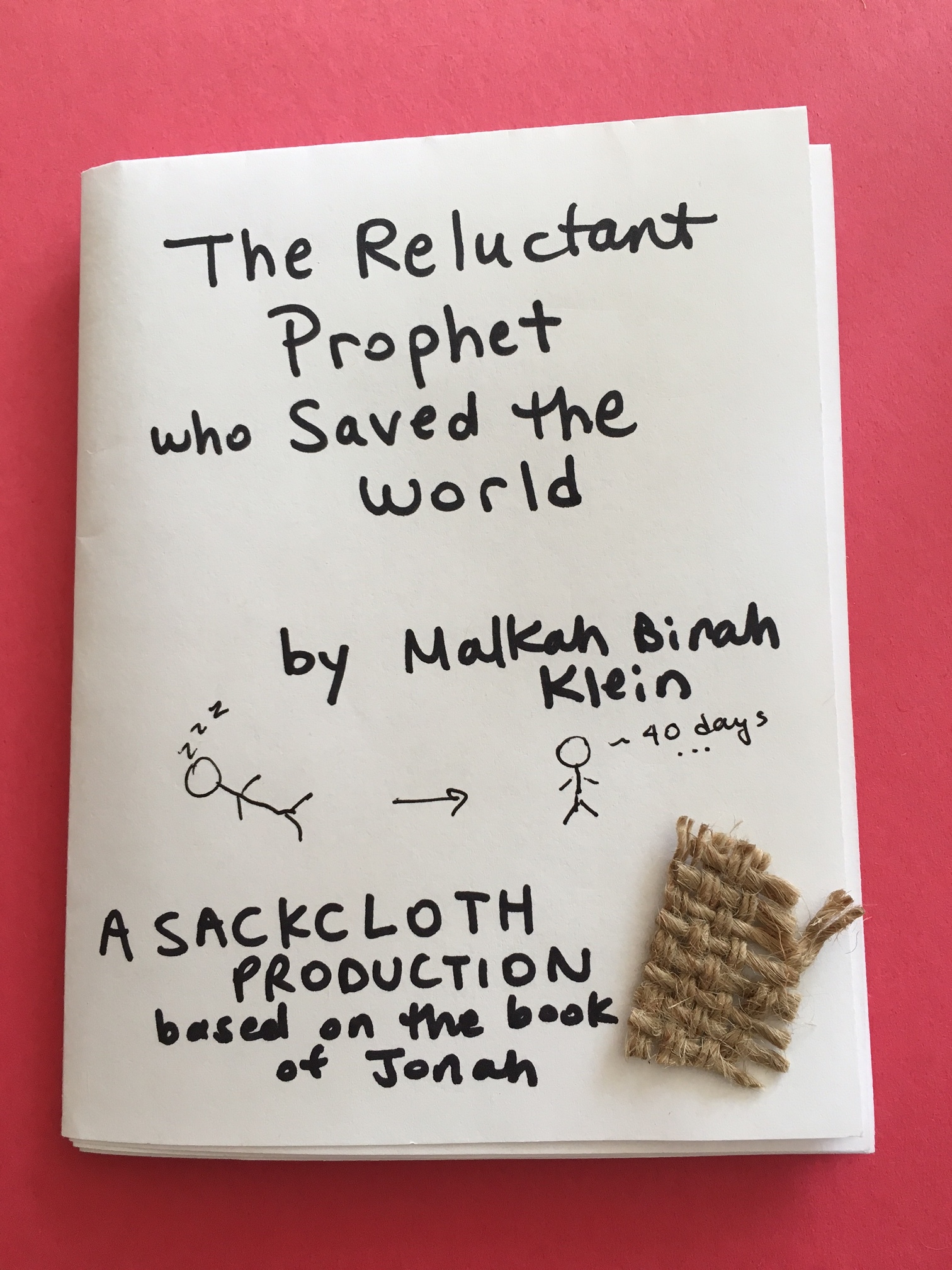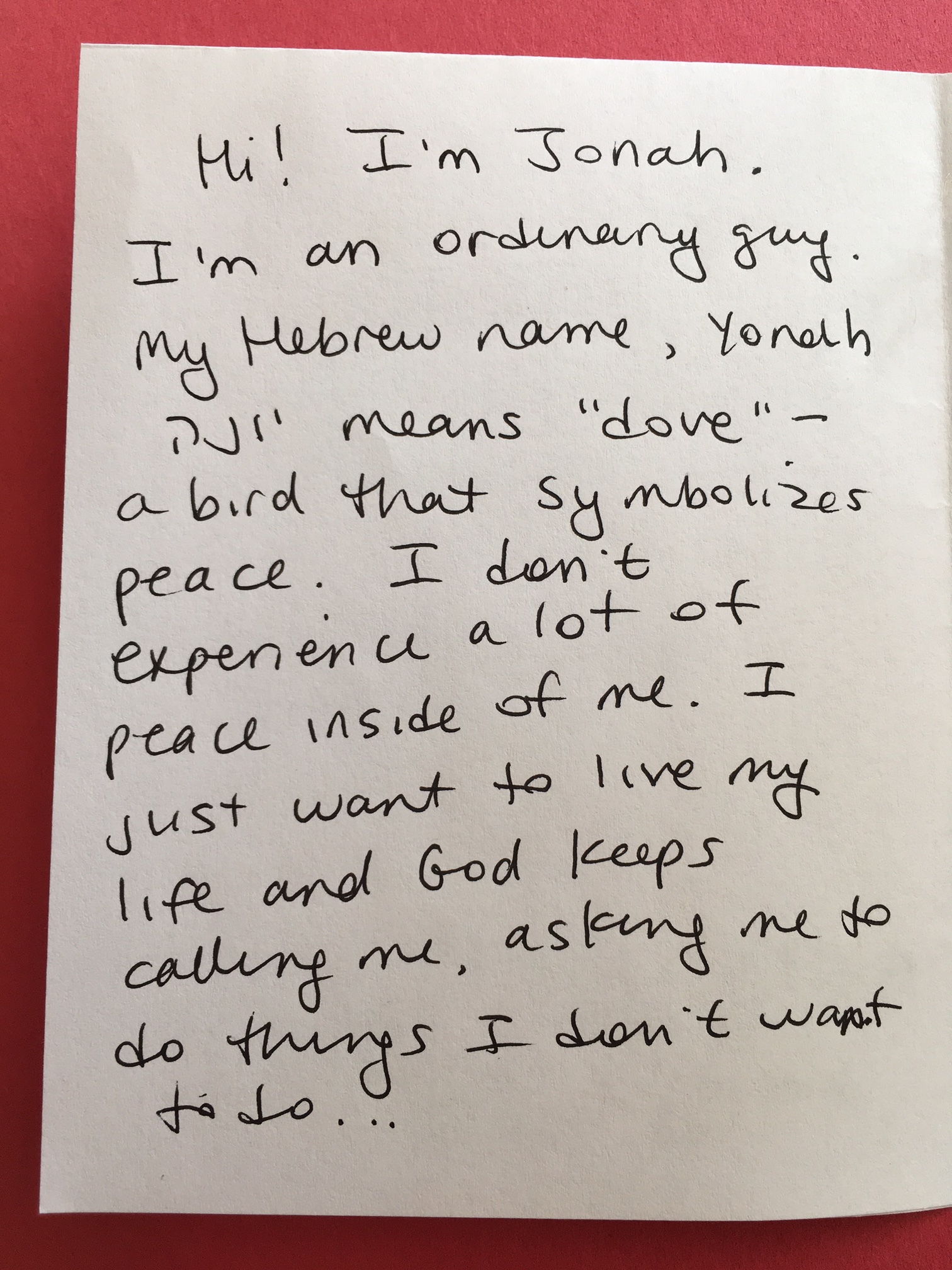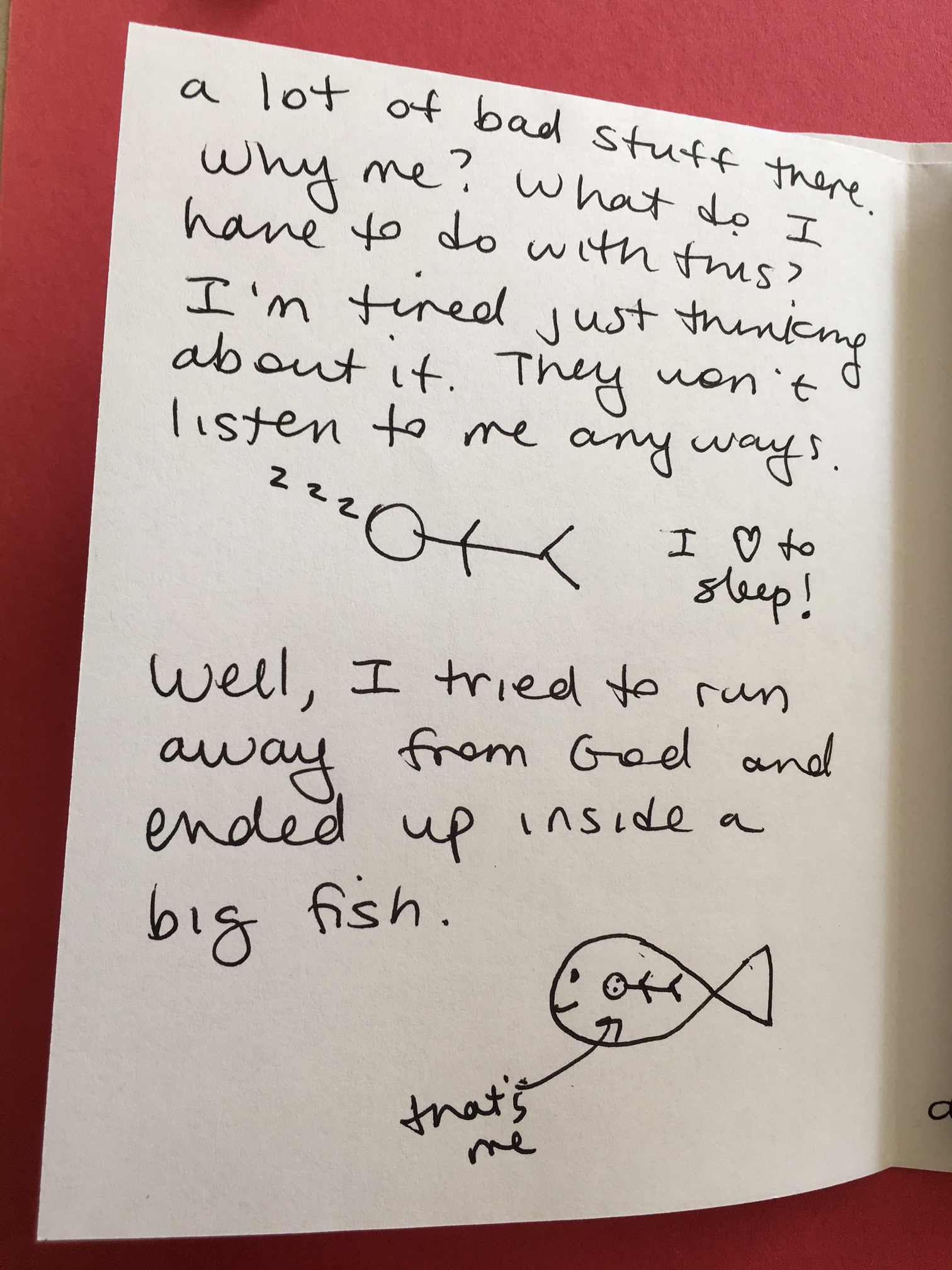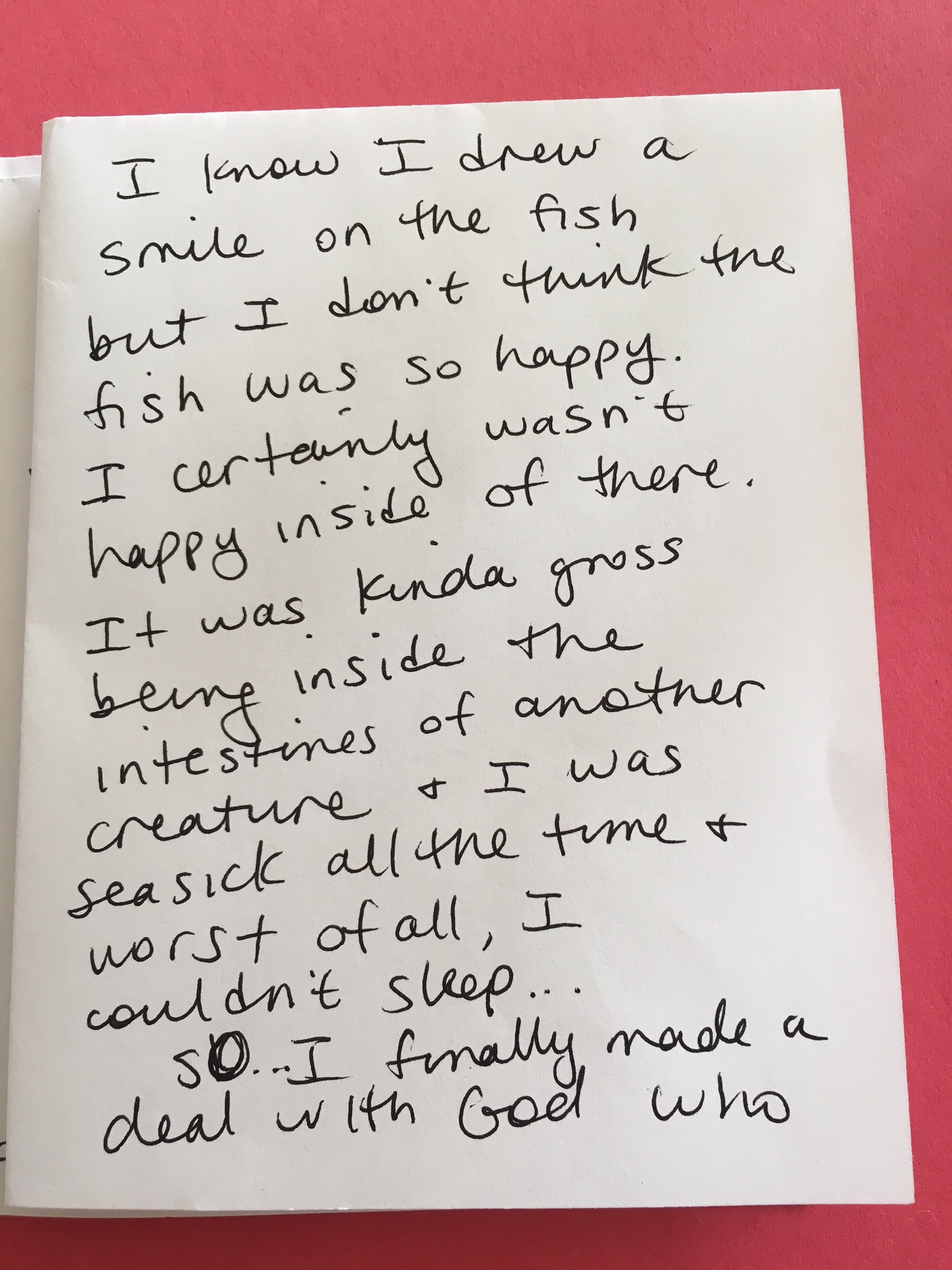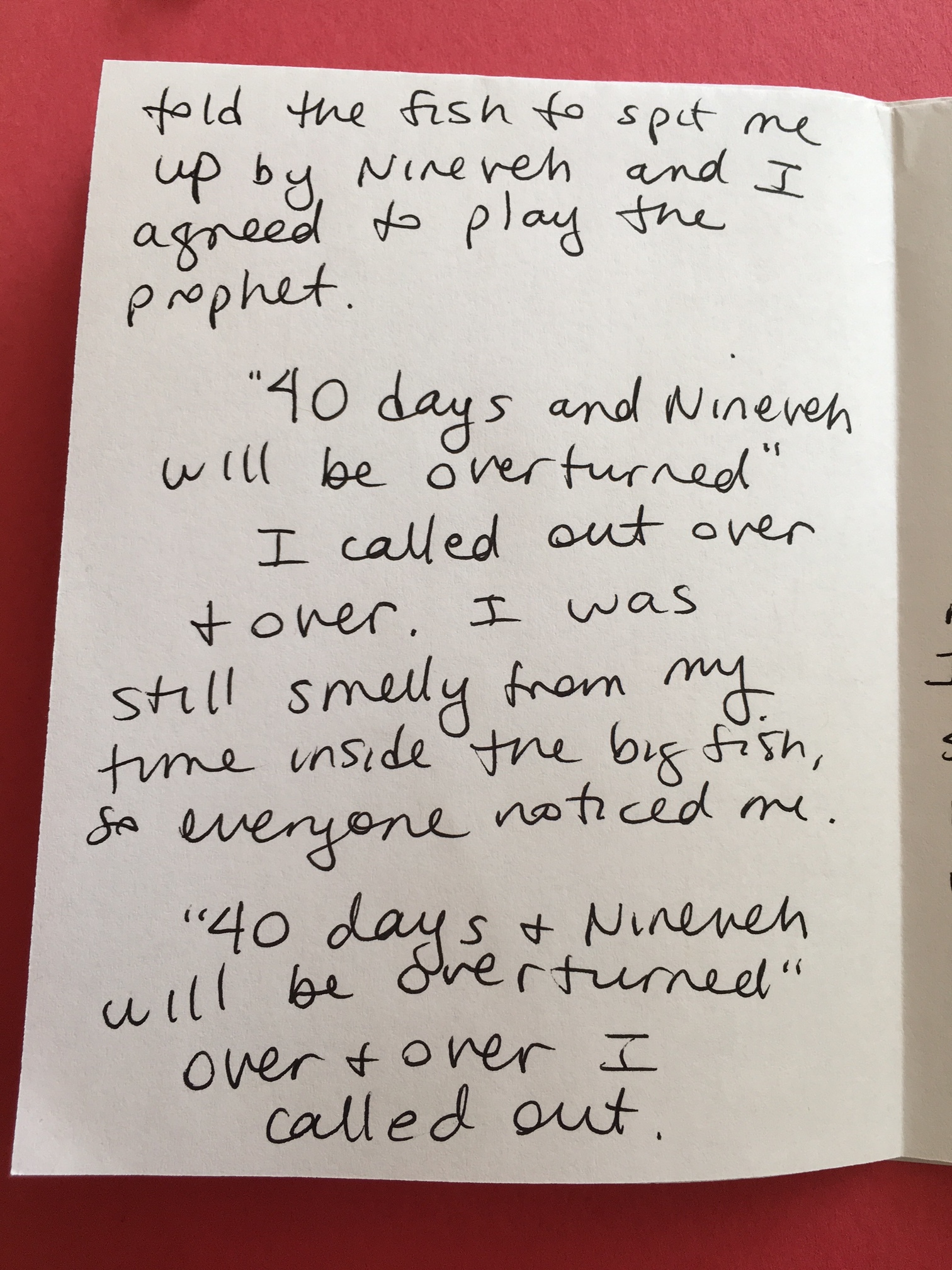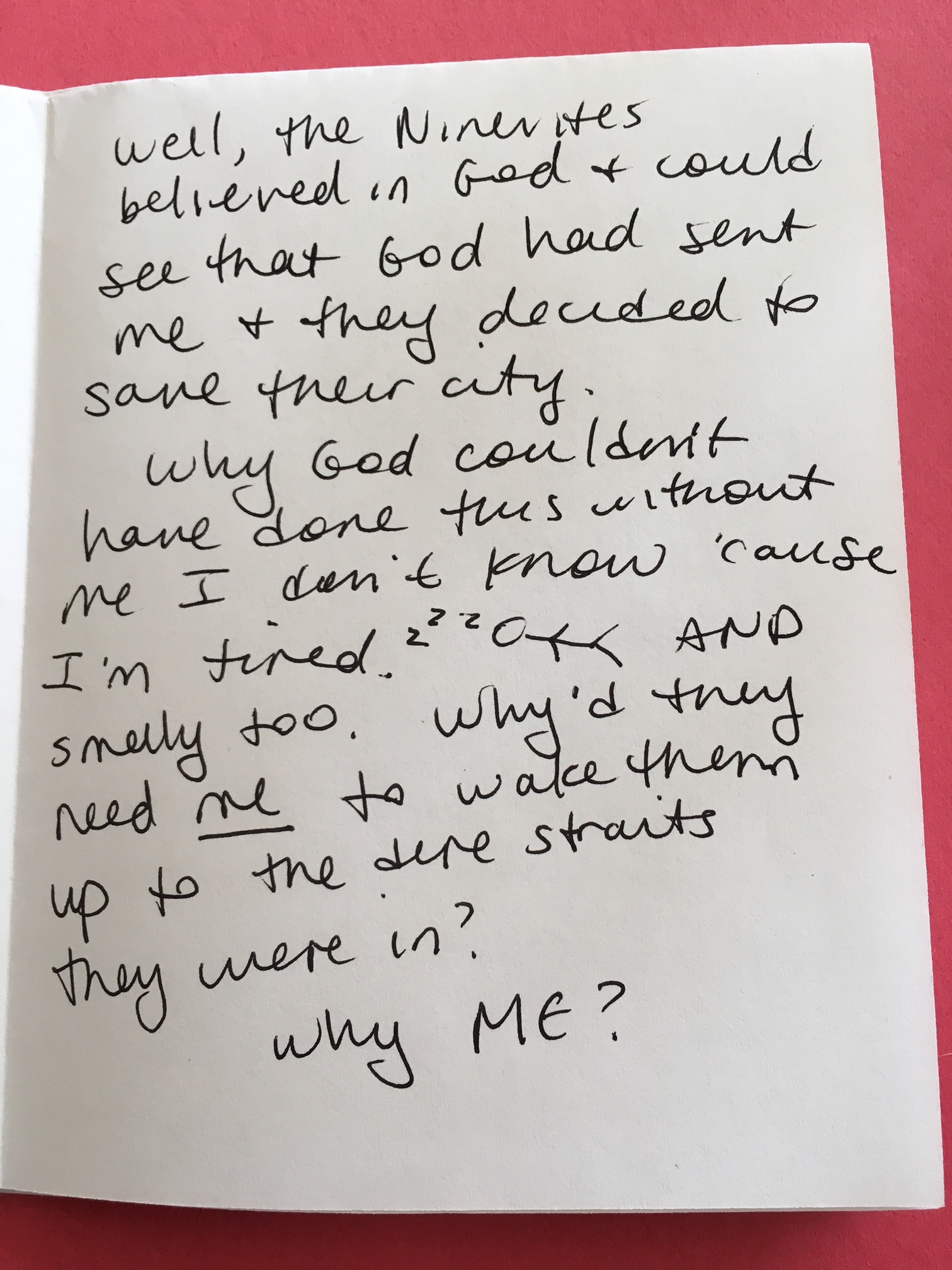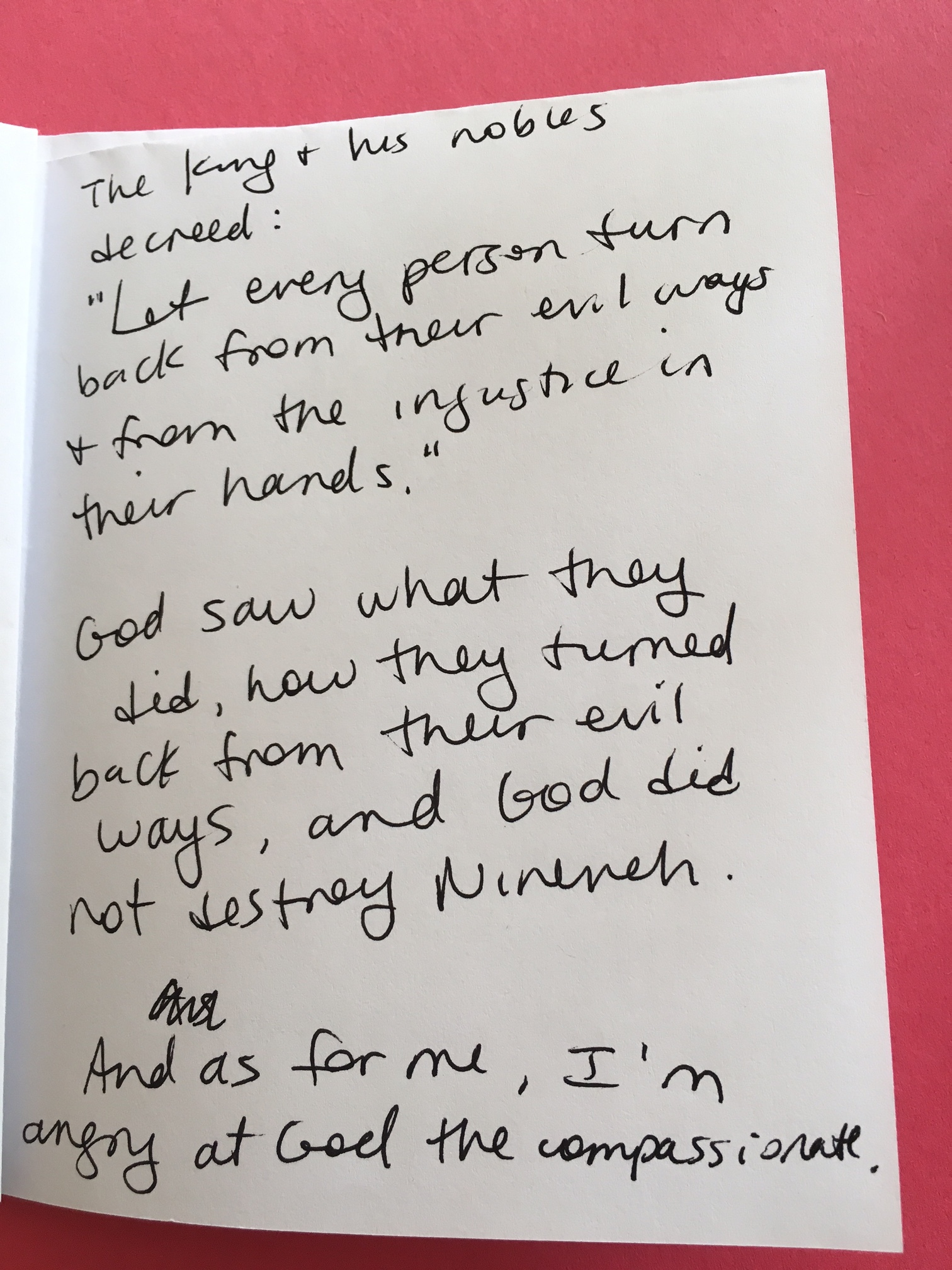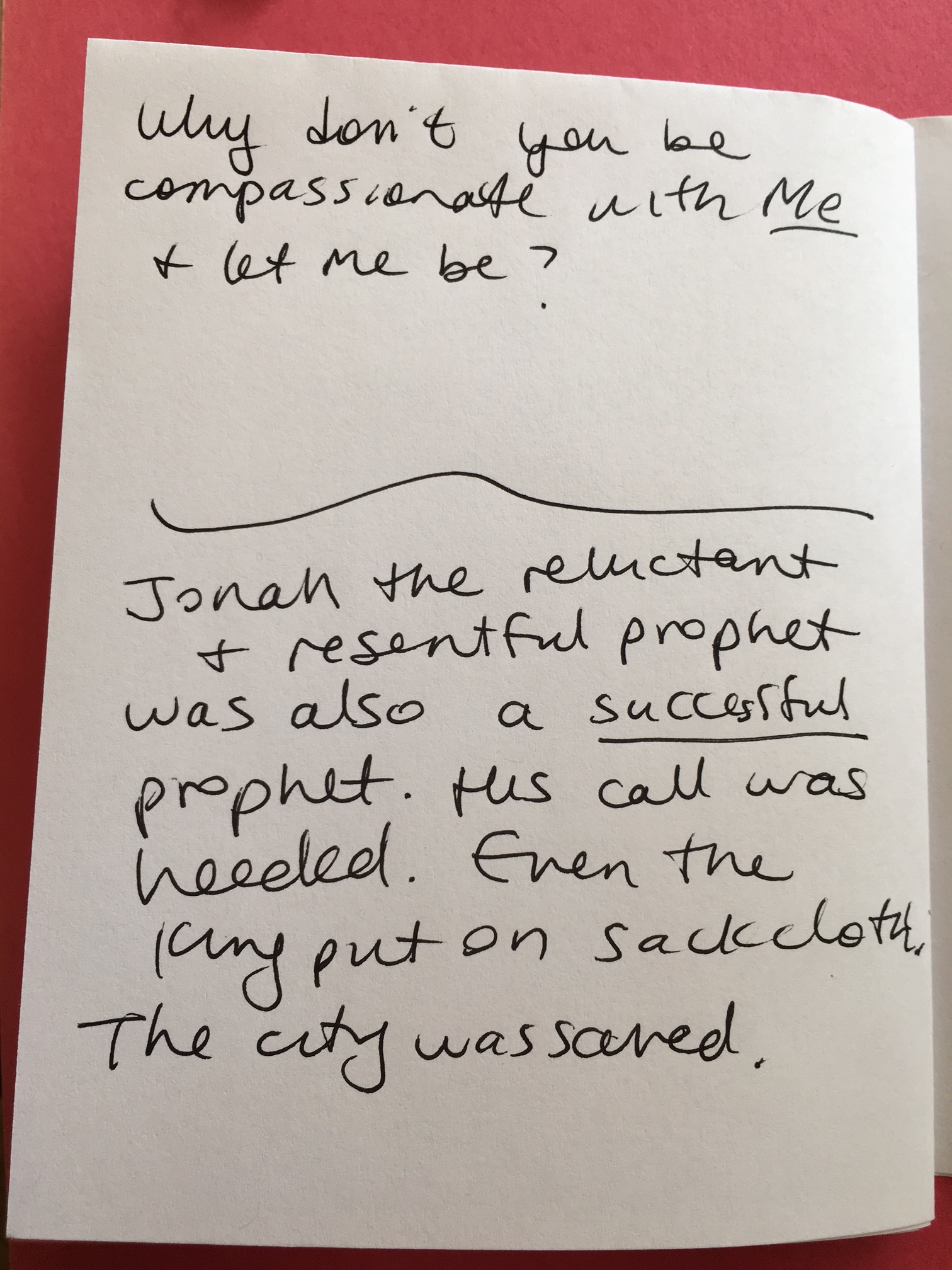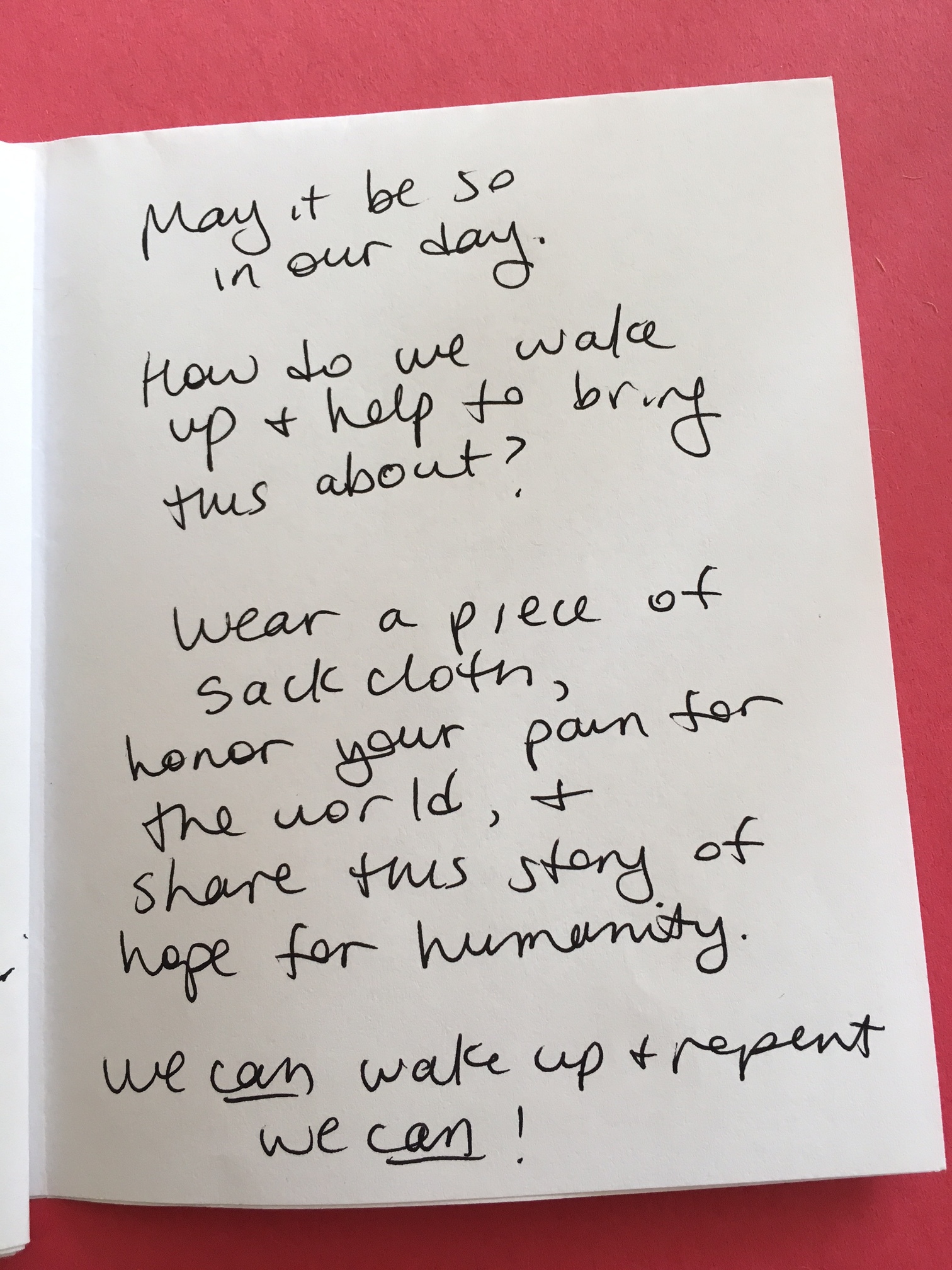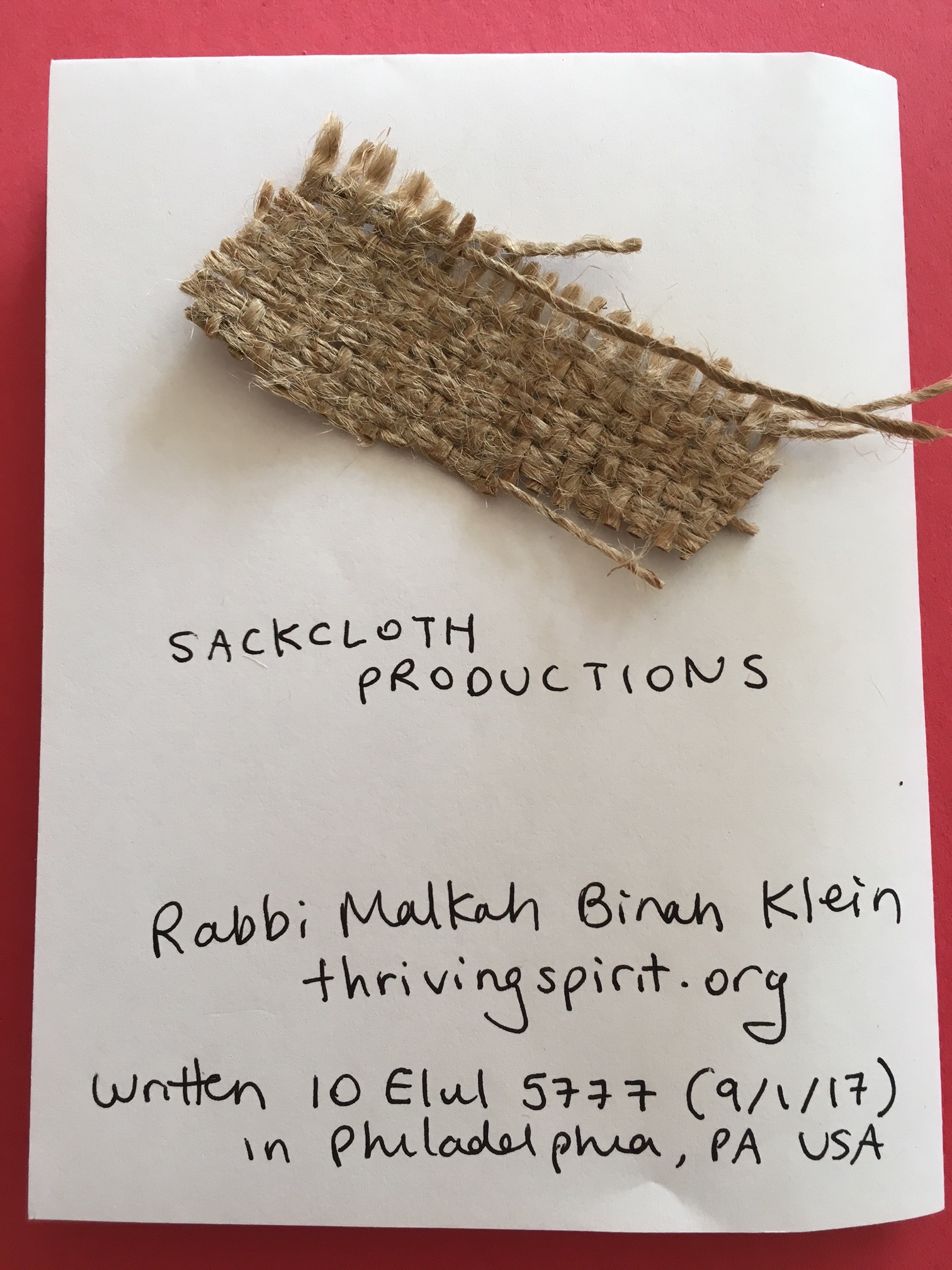It's the 7th of Adar: Reflections on Chevra Kadisha
The 7th of Adar is considered to be the date of Moshe's death, and it is a day for Jewish burial societies, known as the chevra kadisha, to reflect on and celebrate the important work they do in lovingly preparing bodies for burial. Jewschool.com posted a week-long series of essays by contemporary Jews about chevra kadisha. My essay is pasted below and can also be found here. To find the other essays, search "chevra kadisha" on the Jewschool.com website.
I am a member of the Reconstructionist Chevra Kadisha of Philadelphia. If you would like to learn about this Chevra, contact Rabbi Linda Holtzman at rabbilinda18@gmail.com.
Taharah for My Aunt
I have been blessed to participate in chevrei kadisha in three different Jewish communities, and through the process of performing taharot, the ritual purification and preparation of a body for burial, I have learned about kindness and gentleness and experienced the deep calm that accompanies being present to the truth of our mortality.
I’d like to share about a particularly special experience I had two years ago with tahara. This was the experience of my first time performing a tahara for a family member. When I heard that my Aunt Dina died, I drove to Upstate New York where she had lived to help prepare for her funeral. Family members had not been present with Aunt Dina during her final days, and I noticed the desire within me to participate in her tahara. In our hevra kadisha in Philadelphia, family occasionally ask to participate, so I knew that this was a possibility. I contacted the organizer of the local hevra, who told me that I was welcome to participate and gave me directions for how to enter the funeral home. She then added, “I just need to ask you one thing. Are you shomer mitzvot (one who keeps the commandments)?” I had never been asked that question and it took me a moment to sort out how to respond. The organizer was an Orthodox woman who was serving as a gatekeeper for communal ritual, and my response would affect my ability to participate. I answered, “yes”, knowing that she might not share my definition of shomer mitzvot– I’m a female rabbi married to a woman who turns on lights on Shabbat; yet, on the other hand, serving the Divine Beloved through Jewish practice is core to how my life is structured. Thus, I felt that I was answering with integrity by saying “yes”. This was one of those “better not to give too many details” moments.
The three women who were members of the local hevra were warmly welcoming and grateful for my presence. They found out that I read Hebrew and assigned me the role of reading the ritual texts as the tahara progressed. Aunt Dina had behaved in cruel and manipulative ways towards close family members (not towards me), and it was profoundly healing for me to witness the love and gentleness with which these women washed my aunt’s body. One of the challenges in supporting Aunt Dina when she was alive, particularly for my father who was her little brother, is that she would turn against him when he tried to help her. In this moment, the giving and receiving was pure.
When performing a tahara, I have often noticed how the person’s face relaxes and she becomes more accepting of her death as we prepare her body. This was true with Aunt Dina. These women taught me that even a person who has been cruel deserves love and honor. We are all equal in death.
Following the washing and pouring of water, we dressed her and wrapped her in the white linen sheet and left her on the table for the funeral home staff to transfer her to her casket. I realized that I had forgotten the jewelry that we had taken off of her in the room, so I went back. I am grateful for that moment– the opportunity to lean down and give her a kiss.
Here is a poem I wrote following Aunt Dina’s death.
My father tells me about his sister
I did not know
she kept their Mama on a respirator
five weeks
ignored Mama’s let me die
years later
she scolded you failed to return for Mama’s funeral
I did not know
she stole
a portion
of his inheritance
while shouting you want to steal my money
She is dead. He is sad.
I wash and prepare her for burial
wrap her in white
lean down and kiss her, then kiss her again




